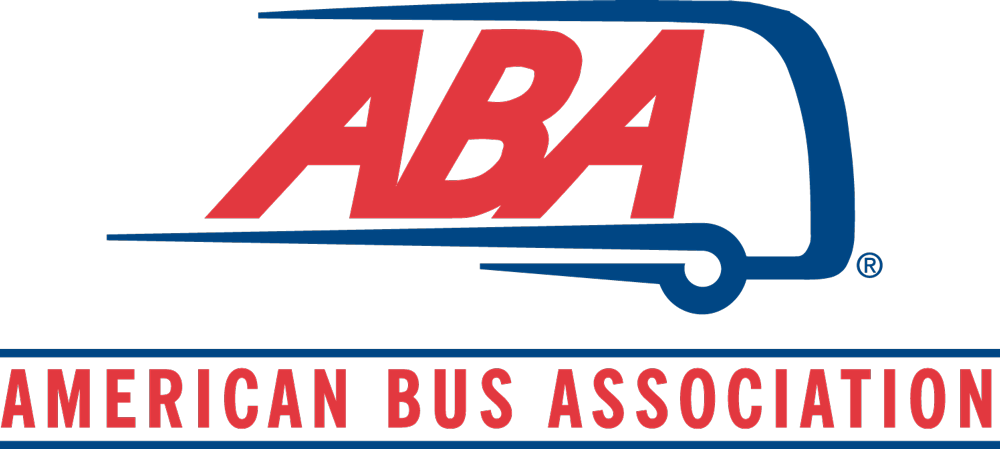Motorcoach, Travel, and Tourism Industry Research
The American Bus Association Foundation (ABAF) regularly commissions and curates industry research examining the size, scope, and environmental impact of the motoroach, travel, and tourism industry.
Bookmark this page to access the latest research and insights through the links below.
Industry Insights
Research examining the economic contribution of motorcoach-based group tourism, including employment data and the number of passenger trips in specific regions.
Size and Scope:
- Motorcoach Census Research 2025
- Motorcoach Census Research 2024
- Motorcoach Census Research 2022
- Motorcoach Census Research 2020
Economic Impact:
- Economic Impact of U.S. Motorcoach Group Travel in 2024
- Potential Impact of a Tariff Increase on U.S./Canada Motorcoach Trade
- Student Motorcoach Travel and Tourism Research
- Pigeon Forge Motorcoach Travel and Tourism Research
- Cleveland Motorcoach Travel and Tourism Research
- Northeastern U.S. Motorcoach Travel and Tourism Research
Intercity Bus Services by DePaul University:
- New Destinations: 2023 Outlook for the Intercity Bus Industry in the United States
- The Intercity Bus Bounceback: The 4th Quarter of 2021 Brings Optimism to a Struggling Sector
- On the Brink: 2021 Outlook for the Intercity Bus Industry in the United States
- Making Connections: 2020 Outlook for the Intercity Bus Industry in the United States
Motorcoach Sales:
Societal Impact and Resilience
Analysis of the effects of COVID-19 on industry dynamics, including job losses and economic impacts.
- COVID-19 Pandemic Impact on Motorcoach Travel Jobs
- COVID-19 Pandemic Impact on Motorcoach Travel
- COVID-19 DePaul University Resources
Environmental and Technological Advancements
Data and insights exploring how motorcoach travel emissions compare to other modes of transportation, as well as electronic device use on buses and other forms of intercity transportation.
- Motorcoach Sustainability: A Study of Sustainability within the Charter Bus Industry
- Environmental Impact of Motorcoach Travel
- Motorcoach Vehicle Energy Use and Emissions Research
- Getting There Greener Report (Understanding Carbon Emissions by Travel Mode)
- DePaul University Technology on Buses Research
Social and Economic Contributions
Research examining the role of the motorcoach industry in providing access to both rural and urban communities, and how federal subsidies support the industry.
